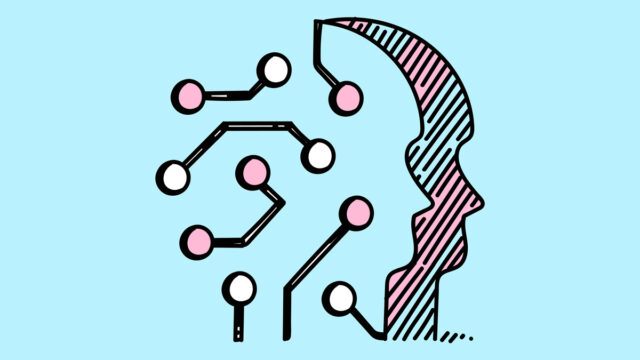Don’t miss Brandweek, Adweek’s ultimate experience for marketers, September 11-14 in Miami. Connect with peers and gain insights and inspiration from top brand marketers and industry icons at Glossier, Coca-Cola, Taco Bell and more. Register.
Until quite recently, the communications industry was a laggard when it came to adopting advanced tech; gut instinct led the way for decades. As such, many agencies have been operating in antiquated fashion for years now. Most agencies use time- and materials-based billing models, which essentially incentivize them to work the long way—the longer a project takes, the more money an agency stands to make. Though this may benefit agencies in the short term, it can be at the expense of long-term success with clients.
Time-based billing also leads to tension around overservice. Agencies often find themselves in spirals trying to meet unrealistic client expectations, falling short and ultimately exceeding hours they’re unable to bill for to begin with. As part of that model, junior- to mid-level employees are often overworked and underpaid. This dynamic leads to high turnover, lower-quality work, frustrated clients and countless other pitfalls—but generative AI tools hold promise for alleviating these pain points.
It’s no secret that agencies often earn more profit margin off junior employees. As such, many agencies are built to be about 70% junior- to mid-level employees and 30% senior employees. But as many junior employees in this structure burn out, what will happen to the bottom half of the triangle?
Currently it gets backfilled with more junior people; it’s a vicious cycle. With the adoption of GenAI-powered comms tech tools, I foresee agencies shifting to an upside-down triangle model—or a nabla. With this new model, we’ll see fewer people with less experience at the bottom, albeit empowered by technology to work faster and smarter. To be clear, this does not mean GenAI will replace junior people—it means GenAI will change the roles of junior people, and yes, there will be fewer junior- to mid-level people in agencies, but the ones who stay will be doing more meaningful, productive work.
A move to value-based billing
When leveraging the efficiencies of GenAI, agencies will be able to make the switch to value-based billing, which, as opposed to time-based billing, can give clients more confidence that they’re receiving quality work in a timely manner without overpaying. A confident client is often a happy one; agencies will be incented to work faster and smarter as they are compensated for results, not activities.
The advantages of GenAI will be profound for agencies and clients, but individual workers will also reap the benefits. Sophisticated tools have the potential to upskill staff, enabling industry pros to expand their skillsets in a variety of ways and earlier on in their careers. For example, writers can now become visual storytellers thanks to platforms like Midjourney making graphic design more accessible; on the flip side, creative or account teams can become stronger writers with text generation tools. Additionally, GenAI may usher in more objective methods for assessing employee performance, keeping internal politics from playing a role in reviews or staffing decisions and possibly creating transparency around influencer pay equity in an otherwise opaque supply chain.


